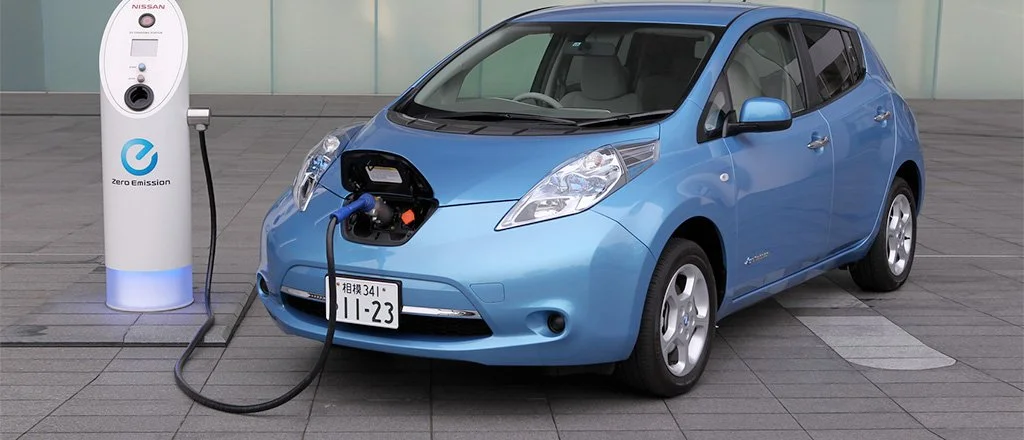Electric Vehicles
Can Switching to Electric Vehicles Save Birds?
We bird lovers have heard the connections about climate change and wildlife of all kinds.
Greater swings in seasons from decreasing winter snowpack to warmer, drier summer conditions, earlier or later springs and autumns, and increasingly frequent and intense natural catastrophes like wildfires, floods, windstorms and hurricanes all impact bird and other wildlife habitat and migration movements. Audubon’s own recent “State of the Birds” analysis (http://www.stateofthebirds.org/) documents these ties to common bird population declines.
And climatologists from the Environmental Protection Agency (EPA) to the National Aeronautics and Space Administration (NASA) have connected climate change to human activities, primarily the emissions from burning fossil fuels that increase the concentration of greenhouse gases in Earth’s atmosphere and warm the planet.
Much of that fossil fuel burning is from the motor vehicles we all use, so the question facing us is: Can switching to electric vehicles help birds?
The simple answer appears to be yes. We definitely need to shift away from fossil fuel energy to something without those deadly emissions, like electric energy.
But something to keep in mind about energy use of any kind is that there’s really no such thing as a “free lunch” – there are always costs and consequences for any action.
Electric car battery material mining and production, and then battery charging, battery recycling, and battery waste management are not without their own impacts.
Most batteries are made from nickel, which is mostly extracted from hard rock mines. But with fast-growing demand for electric cars, more nickel is needed and it’s increasingly coming from strip-mining in places that have the greatest biodiversity of wildlife on earth -- tropical rainforests. Most electric cars purchased in the U.S. are currently using nickel batteries.
Some electric cars are made with lithium iron phosphate batteries, the materials for which have a more manageable environmental impact. But determining what that electric car you’re considering buying runs on can be daunting.
Once you replace that fossil fuel vehicle with an electric one, charging it regularly of course uses electricity that comes from hydropower, natural gas, wind turbines, nuclear, coal, or solar energy – most with some direct impacts to fish, birds, or other wildlife and habitat.
When batteries wear out, recycling them or responsibly managing them in our waste stream, can be another challenge that is not without costs to the environment.
Electric vehicles are surely an alternative that can help birds and other wildlife and our own future on the planet, but they are not without environmental costs. Look for more details on this issue in future newsletter editions.

